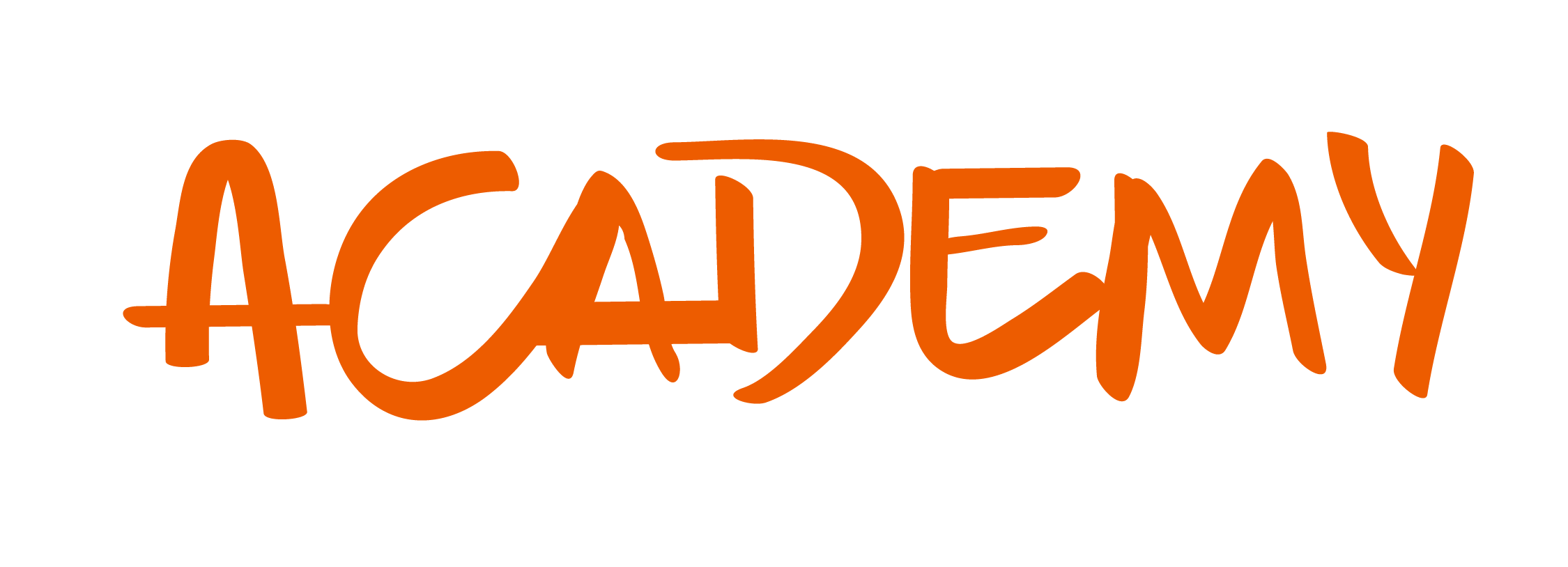It takes a lot of effort to get a project up to speed, but once you’ve built up enough momentum, it’s just a matter of letting things take their course, or is it?
Even with task lists and automated project status updates, team members, especially clients, may need additional prompting to turn in their deliverables. You’d think that a poke in the shoulder would do the trick, but if you do it wrong, you may wind up irritating the other party and making them ignore you even more.
Although it is extremely important, the follow-up phase is often neglected. During the follow-up phase, everything is arranged to ensure sustainability after the project completion.
Defining Follow-ups
Follow-up is defined as “the monitoring and evaluation of the impacts of a project or plan for the management of, and communication about the performance of that project or plan”. However, to avoid overlapping with the participatory monitoring and operation and maintenance phases, this fact sheet will focus on the following principles:
Follow-up as spin-off projects: a project that exploits or builds on earlier work or that repeats something that has already been done.
Follow-up as internal supervision of completed projects: the continuous monitoring of the activities by the project implementers, and possible improvements to the existing project.
Purposes of Follow-ups
- Control projects and their impact: follow up provides both verifying and controlling functions for implemented projects.
- Maintain decision-making flexibility and promote an adaptive management approach: feedback from follow-up programs provides opportunities for project managers and agencies to respond when changes in an activity, in the environment, or the context calculus an adaptation of current practices.
- Follow-ups will allow a better understanding of new technologies and approaches, which may result in improving the quality of measures or techniques used in future projects.
- Follow-up is a key mechanism for feedback, it allows to learn from the experiences of previous projects and allows to share these outcomes with the development of the community. In particular, without some form of follow-up, the benefits of the projects and the outcomes will remain unknown. By incorporating feedback into the planning process, follow-up assesses the impact and thereby enables learning from experiences to occur. Through activities such as monitoring and evaluation, follow-ups provide concrete evidence of outcomes. This knowledge can be utilized by the implementers or other agencies alike to improve future projects.
- Spin-off projects are to some extent easier to carry out, as they build on previous experiences. During the planning of spin-off projects, it is necessary to include the lessons from the previous projects, based on the findings in the participatory monitoring and evaluation and follow-ups processes. Typical questions you should ask yourself and your team when brainstorming for spin-off projects are:
- Which were the problems that we faced?
- What could have been done to avoid these problems?
- Did we learn something new about the technology implemented?
- Is there any change in the technology that could be implemented?
- Are the end beneficiaries satisfied with the project?
- Could we have approached the end beneficiaries differently?
- Is there any project- component we did not include?
Follow-ups also give credibility to an organization, as implemented projects can serve as references when applying for funds for new projects. Therefore, it is important to supervise what has been implemented and ensure that the objectives are reached in a long term. You should make sure that you document every step of the follow-up process with updating reports. It is good to be able to demonstrate it in an illustrative way, the experience your organization has gathered with previous projects.
Follow-up provides the missing link between planning and continued project implementation. Follow-up links the pre and post-decision stages of planning, thereby overcoming the gap that arises when there is a difference between project plans and their implementation. Follow-ups not only provide information about the consequences of a project but also gives the agencies the opportunities to implement measures to mitigate or prevent negative effects. Unless there is minimum follow-up capability, the project operates as a linear rather than iterative process and lacks continuity. Even worse, the process risks becoming an exercise rather than a meaningful exercise to improve the overall good performance of the agency.
Advantages and disadvantages of doing Follow-ups
Following up on a project can serve many purposes and provide several benefits. One of the main positive consequences of it is controlling the impact and functions of the projects, through verification and implementation. It is also important to maintain flexibility in decision-making and use an adaptive approach. This can be done through feedback from regulatory agencies, and project managers in charge of the venture.
Another key asset to follow-ups is to improve the technical resolution of the project. You can evaluate the efficacy and utility of these methods through different tasks, better understand them, and adopt new technologies. This form of follow ups helps improve the overall quality of the project. Follow-ups are also necessary to create public awareness for different projects and evaluate the response gathered by the intended demographic.
Advantages
- Managers and other stakeholders need to know the extent to which their projects are meeting their objectives and leading to their desired effects.
- Follow-ups build greater transparency and accountability in terms of project resources.
- Internal follow-ups alert managers to actual and potential project weaknesses, problems, and shortcomings before it is too late.
- Future planning and program development are improved when guided by lessons learned from experience.
- Successfully implemented projects serve as a reference for future applications for funds.
- Overall, it avoids that the implemented projects are forgotten as time passes by.
Disadvantages
- Internal follow-ups of projects require human power and extra activities, which are mostly not financed by the funding agency after the project completion.
- To follow up on completed projects might deviate the attention and efforts of the members of the team working on new projects.
- Follow-ups Design Program
Following up on your project allows you to bridge the gap between planning and implementation of ongoing and future ventures. This practice not only determines and predicts the consequences of the project but also provides your company the opportunity to evaluate the negative effects. You can start a follow-up supervision program at your agency with a few simple steps:
- Projects scopes and needs
The question of why to conduct follow-up programs for your project can be answered in a variety of ways. The core purposes are control, information, and communication. A follow-up program will add value to your project and future activities, and therefore it needs to be included during the planning step. It is indispensable that you and your team realize the need for it. In this step, you should define the scope of the follow-up issues, what is to be supervised, and especially the indicators that will help you to keep an eye on the project.
- Define a plan and a methodology of work
Once the scope of the follow-up program, as well as important indicators, are defined, the next step is to define the tools and methodologies you will need. This means the type of activities, made specific to the ongoing project. Knowing what to do and how often, will give you an idea of how much the follow-up program will cost per year.
- Get your funding
It is imperative to plan how the costs of the post-implementation activities will be covered. One option is to cover the costs through beneficiaries’ contributions, in case there is a component of cost recovery through end users’ services. In this case, the services fees must include external follow-up activities. Another option would be to cover costs with the overheads or the annual budget of the agency. Finally, you could include supervision of ongoing projects as part of your proposals, justifying the need for a follow-up component as part of the gathering knowledge experience.
- Roles and responsibilities
The most important issue to take care of is to assign completed projects to your staff members. It is essential to foment a sense of ownership among your team members, especially for those projects which are completed. Otherwise, the implemented project will be forgotten when new ones start. Deliberately look out for monitoring and evaluation skills in all your project and management positions, they will be of support in all these processes.
- Gathering intel and final evaluations
Once the project has reached completion, and the internal follow-up starts, make sure to plan and integrate visits and communicate with stakeholders in your day-to-day activities.
Unfortunately, the evaluation of outcomes and results from the follow-ups is not conducted, but the analysis should be carried out as it is a critical step in the process. An analysis of the data collected should be conducted to ensure that the information provided is useful for the target audience. Overall, the evaluation stage needs to identify the lessons learned from the follow-up program.
The evaluation stage of a follow-up may determine that further steps are needed to manage the problems identified. To remedy the problems identified during follow-ups, modifications of project design, operation, or maintenance activities might be required.
- Write down your final report
To ensure that reporting is not neglected, it is recommended that a formal reporting and evaluation process be developed. To avoid extra work and allow for comparison, make sure to develop a simple template for all members of the staff to report about their internal follow-ups activities and the evaluation. The follow-up reports should include the following:
- Short description of the project.
- Description of the client and their proposal.
- Description of the follow-up mechanism.
- Issues or problems that arose during the project execution.
- Results
- Data analysis and evaluation
- Corrective measurements undertaken
- Further actions are proposed to deal with those issues.
- What the agency learned from the project.
Don’t forget to…
- Set Deadlines
All project-related tasks are supposed to have deadlines, but in practice, quite a few are left open-ended. Maybe the task is too small for an actual deadline, or you just assume that the other person will get it done as quickly as they can. Either way, human psychology pretty much guarantees that open-ended projects will get the lowest priority on someone’s task list. And when you follow up, that person will get a confused look and wonder why are you so worked up. After all, if it was urgent, you would have set a deadline, right?
- Use multiple channels to communicate
When you follow up, don’t rely on just one method of communication. I’ve worked with clients who were never at their desks, and so only responded to cellphone calls. Others only respond to email messages. Sometimes just giving automated deadline notifications is enough.
When one method doesn’t work, try another. Just don’t try them all at the same time. The only thing you’d do is annoy people.
- Don’t nag
From time to time, you usually have to deal with that manager that asks for an update every ten minutes when a deadline is close. It is frustrating and distracting and only makes work go slower. Nagging is counterproductive to project momentum and bad for morale, Nagging your client might turn you into a pest, not a trusted advisor, and that relationship is very difficult to recover.
Fight the urge to pester people with update requests. Send a follow-up once, and then wait. How much time depends on you and your relationship with your employee.
More Tips for Meaningful, Consistent, and Effective Follow-ups
- Maintain a database of all your prospective customers with their complete contact information. Keep any business cards you collect.
- Send weekly blog updates via email on topics of interest. Sending newsletters to prospective customers is one way of nurturing them and creating brand recall so that your agency is the first thing that pops up when they are ready to buy a service or product.
- Keep existing customers and potential ones updated on any offers, promotions, and sales.
- Try to initiate the first follow-up within 24 to 48 hours of the first contact. This can be done through a quick phone call, email, or text message. Research has shown that firms that contact potential customers within an hour of receiving a possible query are nearly seven times more likely to quantify a lead than those that tried to contact the customer even an hour later and more than 60 times as likely as agencies that took 24 hours or longer.
- Update your database after every follow-up. This will help make a note of the customer’s specific requirements and tailor your proposal the next time you make a call.
- Send a thank you note to customers after the project is done. You can also call up existing customers a couple of weeks after to find out if they were satisfied with the experience. Resolve any issues mentioned by having their feedback.
- Create a welcome program for new customers soon after the project has been completed. This will help in building a long-term relationship. Later on, you can also get testimonials and references from these existing customers that will help bring in new customers.
Focus on timely follow-ups with your client to generate more leads, and you’ll stay ahead of the game!
Conclusion
To generate the most useful results and get the most out of your sales processes, it’s important to do follow-ups. If you don’t, you will be losing potential business opportunities and you don’t want that, do you?
They ought to be done consistently because you’ll want to build relationships with prospects and ensure they know what your business is all about. Therefore, as soon as you’ve established a good relationship with a potential customer, it’s a requirement you stay in touch with them on a standard basis. If you fail to do so, it’s likely for them to forget what your agency proposed and move on with another. Ensure fluent communication by always communicating via emails or any other channel of your convenience.
Stakeholders and managers need to know if the objectives are leading to what was accorded. It allows greater transparency in the process and the accountability of what resources are at your disposal. Furthermore, it lets you visualize with a clear spectrum what are the project’s weaknesses and how to correct them before it’s too late.
It is great for future planning, lessons learned from experience are gold, don’t forget about that. If you run things smoothly it’ll help you get more funds for future projects. Overall, it’s ideal for keeping track of how things are going along and it avoids forgetting effective strategies already implemented in past projects.















